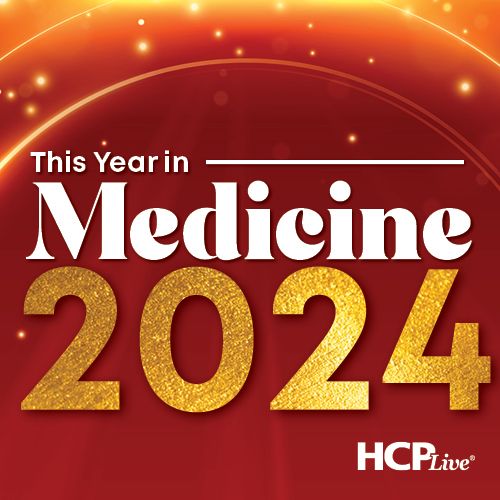Article
Behavioral and Neurological Features Associated with Early Onset Autism Spectrum Disorder in Infants
Author(s):
Research presented at the 43rd Annual Child Neurology Society Meeting suggests neurological differences associated with autism spectrum disorders may be identifiable by as early as 6-9 months of age.

Research presented at the 43rd Annual Child Neurology Society Meeting suggests neurological differences associated with autism spectrum disorders (ASD) may be identifiable by as early as 6-9 months of age.
Lonnie Zwaigenbaum, MD, a professor of pediatrics at the University of Alberta, presented his findings during a panel at the meeting, which was held Oct. 22-25 in Columbus, OH. He found defining symptoms of autism are visible in many children by 18 months of age. “Prodromal symptoms” — appearing in the first 12 months of age – include motor-skill differences and atypical vision orienting. Children with ASD also may exhibit reduced orienting to their own name, and reduced social smiling early in life. Other identifiable symptoms include deficits in non-verbal communication or added difficulty developing relationships.
Zwaigenbaum noted that atypical brain development and function could be present in the first 12 months of life, prior to the onset of other symptoms. However, he cautioned that head growth may not be a robust marker for autism.
All of this is important, Zwaigenbaum said, because the current gap in time parents begin noticing differences in their child and an autism diagnosis delays interventions that could otherwise reduce symptoms in the child. He called this delay “unacceptable.”
Zwaigenbaum said a growing body of research suggests early intervention can have significant results. He discussed a “Social ABC” clinical trial, currently under review, which he conducted along with other autism researchers. Using Pivotal Response Training (PST) strategies, toddlers with autism symptoms were given a 12-week parent-mediated treatment, focused on improving communication and shared positive affect. The researchers used a standardized, video-coded system to evaluate progress, finding improved communication and reduced symptoms.
Another study, using an adaptation of the Early Start Denver intervention model, found children who exhibited autism symptoms between 7-15 months had reduced symptoms, compared to a control group, by age 3. That study also found a high level of parental fidelity with the training model.
Zwaigenbaum said the data show researchers are making progress in early intervention of ASD, but he said they still have a long way to go to move such strategies into the mainstream and improve patient access to the treatments.




